The scale and spectacle of modern entertainment can be a sight to behold - and with incredible size comes incredible volume! If you think that the average music concert or sports game is loud, just imagine what happened to fans attending the events on our list…
Below is a collection of the loudest events ever recorded on a Decibel meter, with some comparative sounds thrown in to give you an idea of just how loud they can be.
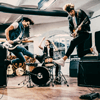
Standard Rock Band
The peak volume for the average rock band.
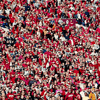
Indiana Hoosiers Fans
Simon Skjodt Assembly Hall, Indiana
17,222
Basketball
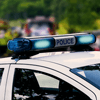
Police Siren
Sirens very rarely cause hearing damage to people outside the vehicle due to the short amount of time spent in earshot. However, if installed improperly, they can permanently affect the vehicle's occupants.
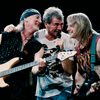
Deep Purple
Rainbow Theatre, London
3,000
1972
The volume of this gig rendered three people unconscious and briefly gave Deep Purple the Guiness World record for Loudest Live Performance.
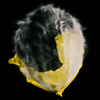
Balloon Popping
The sound is caused by the elastic contracting very suddenly, allowing the air inside to expand at great speed. This creates the pressure wave we hear.
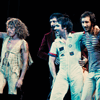
The Who
The Valley (Charlton Athletic FC), London
75,000+
1976
The hearing of The Who’s Pete Townshend is now permanently damaged from gigs like this, almost ending his live career at one point.
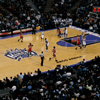
Sacramento Kings Fans
Sleep Train Arena, California
17,317
Basketball
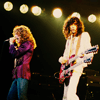
Led Zeppelin
Honolulu International Centre, Hawaii
8,800
1970
This peak was hit during the song ‘Heartbreaker’. Other fan favourite, ‘Whole Lotta Love’, was also known for being particularly loud.
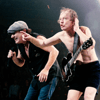
AC/DC
Northlands Coliseum, Edmonton
16,839
1980
The peak volume of the first Back In Black Tour concerts. They were soon told to turn down for the rest of the tour, and they complied – a little.
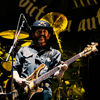
Motorhead
Cleveland Variety Theatre, Ohio
1,900
1986
Cracks formed in the ceiling and the power was cut. This led to a judge ordering the venue to be sealed off as a matter of public safety.
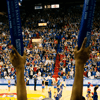
Kansas Jayhawks Fans
Allen Fieldhouse, Kansas
16,300
Basketball
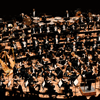
Orchestral Percussion
The percussion section is known to be one of the loudest parts of the orchestra, with the only other real contender in terms of volume being the brass.
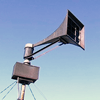
Air Raid Siren
Most famously used during World War II to indicate incoming air raids, they were later adapted to warn people of nuclear attacks, as well as destructive weather in some countries.
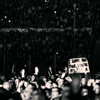
Beatles Fans
Shea Stadium, New York
45,000
1965
The band were unable to hear themselves over the roar of the crowd, having to keep time by watching the body movements of one another.
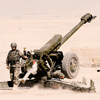
Artillery
 132 dB
132 dB
The hearing damage caused by artillery in WWI and WWII led to governments investing heavily in hearing research, resulting in a lot of the modern hearing tech we use today.
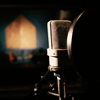
Loudest Recorded Voice
There are various claimants around the world for loudest voice. Many are teachers who discovered their talents while telling off their students.
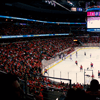
Montreal Canadiens Fans
Bell Centre, Quebec
21,273
Hockey
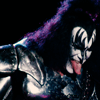
Kiss
Bluesfest, Ottawa
32,000
2009
The limit the festival had set for them was 90dB, meaning they peaked at 46dB over the limit. Officials quickly forced them to turn it down.
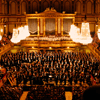
Full Symphony
The loudest instrument within the standard orchestra is the trombone, peaking at 115dB. However many consider trumpet louder due to the harshness of its sound.
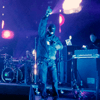
Leftfield
Brixton Academy, London
4,921
1996
The volume caused plaster to fall from the ceiling. This happened again when they played there in 2010. The only House/Electronica act on this list.
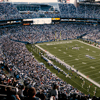
Seattle Seahawks Fans
Century Link Field, Washington
72,000
American Football
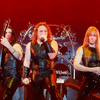
Manowar
Magic Circle Fest, Germany
35,000
2008
Manowar previously hit 129.5dB at a 1984 Hanover concert, giving them the last Guinness World Record for Loudest Live Performance before the award was stopped, fearing it promoted hearing loss.
